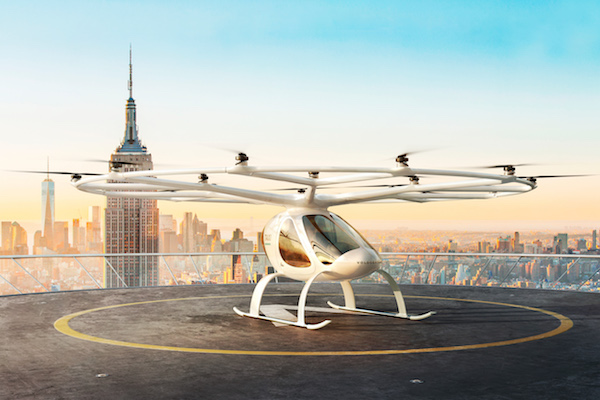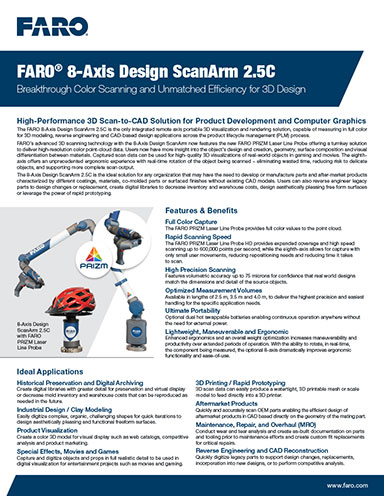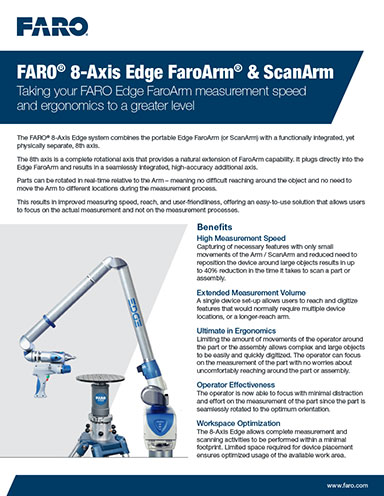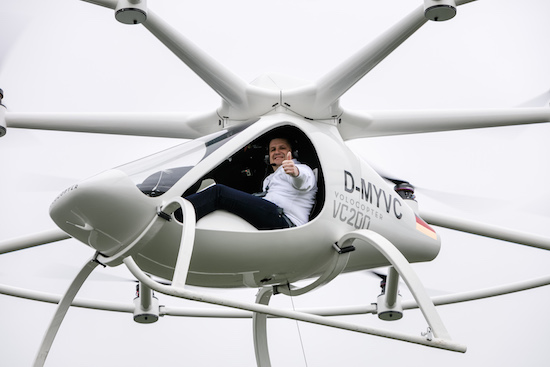Meeting Design and Regulatory Challenges of Autonomous Air Taxis
Frankfurt Airport manager Fraport is working with Volcopter to potentially use eVTOLs to carry passengers through an urban transport network.

The Frankfurt Airport is working with Volocopter to plan for the potential use of eVTOLs as air taxis. Image courtesy of Volocopter.
Latest in Computer–aided Design CAD
Computer–aided Design CAD Resources


Latest News
March 25, 2019
As urban centers become more congested with traffic, a number of companies are designing small, autonomous air taxis that could ferry passengers across a city. Bruchsal, Germany-based Volocopter is currently working with Fraport AG, the entity that acts as airport manager for the Frankfurt Airport, to develop concepts for ground infrastructure and operations that would enable the use of Volocopter’s vehicles at the airport.
The plan is to establish Volocopter Ports that could link urban transportation junctions with each other, and with the airport.
Fraport has already tested the use of drones for operational applications via its FraDrones program.
“Autonomous flying will fundamentally change aviation in the years to come. We want to be the first airport in Europe to harness the potential of electric air taxis in partnership with pioneer Volocopter—for the benefit of our passengers and the Frankfurt/Rhine-Main region. This partnership underscores Fraport AG’s role as a key driver of innovation in diverse fields,” said Anke Giesen, Fraport’s executive board member for operations, in a release about the partnership.
The company conducted its first public flight test of the Volocopter in Dubai in 2017 as part of a partnership with the United Arab Emirates’ Roads and Transport Authority (RTA). Later this year, the company will perform similar tests in Singapore.
The Volocopter vehicle is an electric, vertical take-off multicopter (eVTOL) with 18 rotors that can hold two passengers for a 30km flight.

Volocopter Design Challenges
According to company co-founder Alex Zosel, Volocopter spent roughly 10 months confirming that manned, electrical vertical flight was possible prior to the first manned flight in 2011. “We needed to improve various parts that were not available on the market at high enough efficiency such as the motor and the rotor blades just to name a few examples,” Zosel says. “For our first Prototype the design process then was a little over a year.”
The company is currently using data collected from its test flights of the 1:1 prototypes into the company’s simulation tools and software to improve the design. The company used SolidEdge CAD tools from Siemens PLM Software to develop the first generation of aircraft.
“We needed to improve various parts that were not available on the market at high enough efficiency such as the motor and the rotor blades, just to name a few examples.”
Zosel says that Volocopter opted for a more traditional helicopter-style design to help make the vehicles seem more familiar to potential passengers, and that ensuring safety was one of the key challenges in designing the Volocopter eVTOL.
“All flight critical systems are at least three times in the Volocopter so there is not single-point of failure,” Zosel says. “And then, as an aircraft, the aspects of weight and noise are major considerations. If we have hundreds of Volocopters flying at any time in a city, low noise emissions are paramount for public acceptance.”
Meeting Local Regulations to Expand
In Singapore, Volocopter is working with the Ministry of Transport (MOT), Civil Aviation Authority of Singapore (CAAS), and Economic Development Board (EDB) to establish the scope of the flight tirals and ensure all requirements are met prior to testing. Volcopter will establish a product design and engineering team in Singapore, and is looking for real-estate developers, mobility providers, and other partners in the region.
In Dubai, Volcopter could be integrated with the city’s plans to handle 25% of all passenger traffic using autonomous vehicles by 2030.
The work with Fraport will help define exactly what will be required for a large airport to accommodate autonomous air taxis. Zosel says that they don’t expect to have to make extensive physical changes to the airport, beyond adding the air taxi port and (later on) a full air taxi hub.
“Right now we are bringing all crucial players—such as air safety ground security, the operator and regulators—on a table to develop a blueprint of how air taxis can be incorporated at operating airports across the world,” Zosel says.
Other steps will include gaining commercial licensing from the European Aviation Safety Agency, which Volocopter expects to receive within two years.
“Until then we will work hard to prepare all other aspects necessary to start operations such as building Volocopter air taxi ports and integrating with the necessary air traffic management systems to fulfil all needs for the airspace integration in the highly controlled airspace of an airport,” Zosel says.
Boeing recently tested its own autonomous air tax in Virginia, and Airbus conducted similar tests last year. Uber, Toyota, Volkswagen and other companies are also working on air taxi concepts.
A few market research reports have estimated the potential urban air mobility market could grow to anywhere from $15.2 billion by 2030 or as high as $23.7 billion in the same period. However, all of these projects will be dependent on advancements in electric aircraft battery technology, as well as the ability for busy airports and cities to create a workable model for managing air taxi traffic.
More Siemens Digital Industries Software Coverage
Subscribe to our FREE magazine, FREE email newsletters or both!
Latest News
About the Author
Brian Albright is the editorial director of Digital Engineering. Contact him at [email protected].
Follow DE



